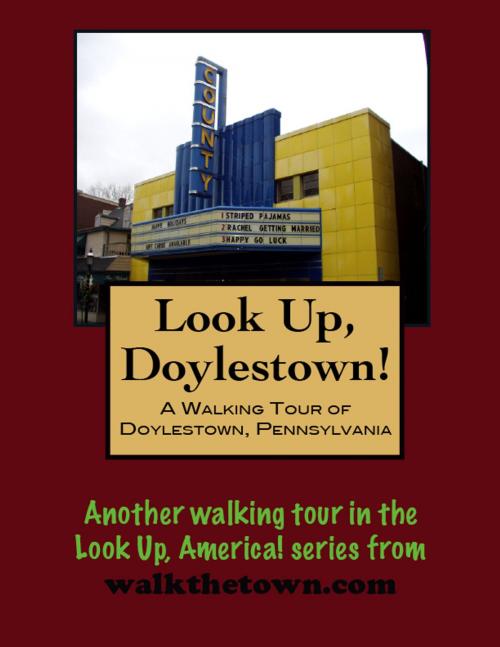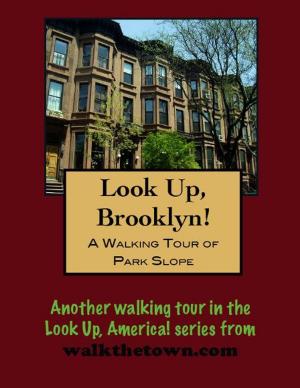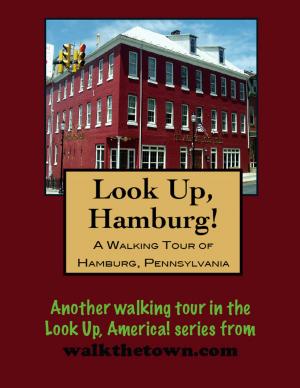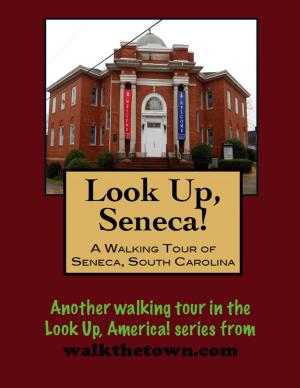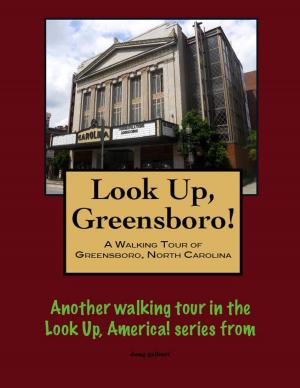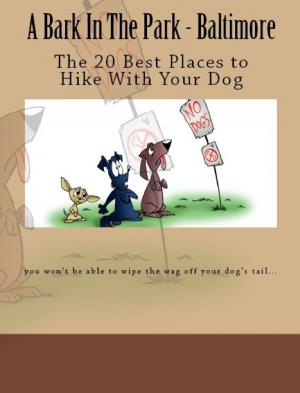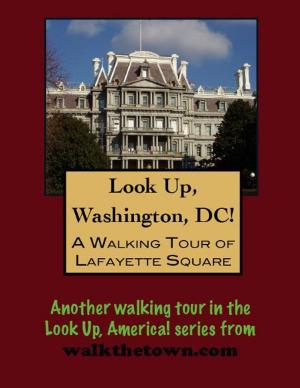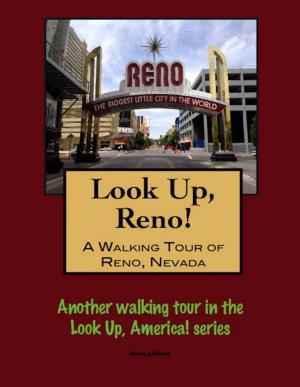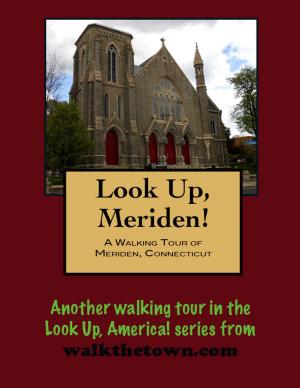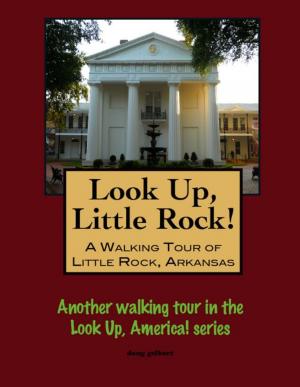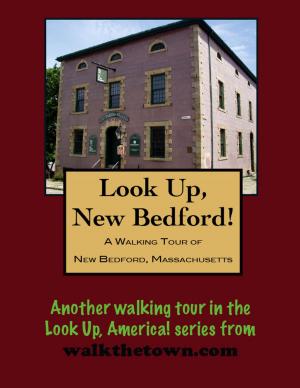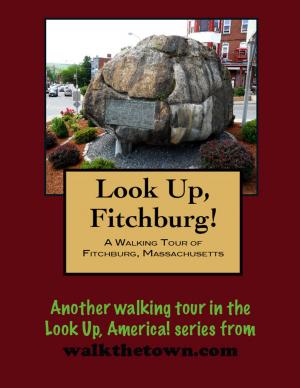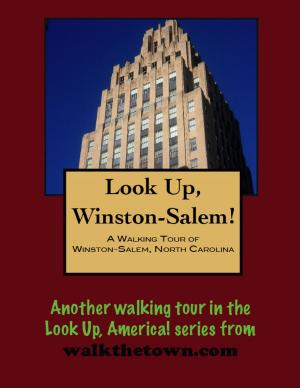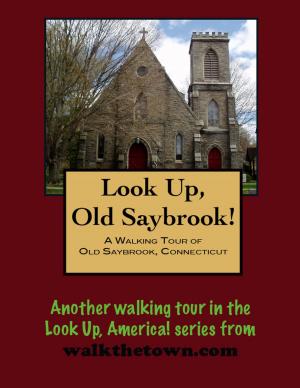| Author: | Doug Gelbert | ISBN: | 9781458146540 |
| Publisher: | Doug Gelbert | Publication: | January 30, 2011 |
| Imprint: | Smashwords Edition | Language: | English |
| Author: | Doug Gelbert |
| ISBN: | 9781458146540 |
| Publisher: | Doug Gelbert |
| Publication: | January 30, 2011 |
| Imprint: | Smashwords Edition |
| Language: | English |
There is no better way to see America than on foot. And there is no better way to appreciate what you are looking at than with a walking tour. Whether you are preparing for a road trip or just out to look at your own town in a new way, a downloadable walking tour is ready to explore when you are.
Each walking tour describes historical and architectural landmarks and provides pictures to help out when those pesky street addresses are missing. Every tour also includes a quick primer on identifying architectural styles seen on American streets.
Doylestown is unique among prominent Pennsylvania towns. There is no water here to power industries; not even a mill. There is not a wealth of natural resources nearby. The railroad never rolled through town with the promise of progress. No important school was founded here to attract new residents. There were no great personal fortunes made here to spur economic growth.
The reason Doylestown is here today is because it was the exact spot where the Colonial road from the Schuylkill River at Swede's Ford to the Delaware River at Coryell's Ferry crossed the main road linking Philadelphia to Easton. In 20th century automobile-speak, it is where Route 202 crosses Route 611. To Delaware Valley traveler of the early 1700s, it was simply "the crossroads." They met here to arrange transport of their goods; while they waited for the ferrymen they slept in their wagons and hoped for good weather.
In 1745 William Doyle obtained a license to build a tavern on the crossroads. Now weary road warriors could at least share a hot meal and a pint or two with other tradesmen and merchants before settling into their wagons for the night. Doyle's Tavern was situated at what is presently the northwest corner of Main and State Streets and the second Doyle's Tavern still stands at the crossroads.
A friendly tavern does not a town make. While a smattering of establishments grew up around the crossroads the village's success was assured in 1813 when discontent with the location of the Bucks County seat in Newtown led to the selection of the more centrally located Doylestown as the county seat. Inns, public houses and shops followed and Doylestown evolved into the professional and residential character it retains today. The lawyers set up shop in existing houses or built new houses that doubled as offices. Even the buildings erected in downtown Doylestown as office buildings often don't look like office buildings.
In the early 20th century, Doylestown became best known to the outside world through the museum of the Bucks County Historical Society, following Henry Mercer's construction of the unusual reinforced concrete building in 1916 to house his collection of mechanical tools and utensils. Upon his death in 1930, Mercer also left his home, Fonthill, to be operated as a tile museum, which reinforced the community as a center for cultural attractions. Our walking tour will start at one, head for the other and take in Doylestown in between...
There is no better way to see America than on foot. And there is no better way to appreciate what you are looking at than with a walking tour. Whether you are preparing for a road trip or just out to look at your own town in a new way, a downloadable walking tour is ready to explore when you are.
Each walking tour describes historical and architectural landmarks and provides pictures to help out when those pesky street addresses are missing. Every tour also includes a quick primer on identifying architectural styles seen on American streets.
Doylestown is unique among prominent Pennsylvania towns. There is no water here to power industries; not even a mill. There is not a wealth of natural resources nearby. The railroad never rolled through town with the promise of progress. No important school was founded here to attract new residents. There were no great personal fortunes made here to spur economic growth.
The reason Doylestown is here today is because it was the exact spot where the Colonial road from the Schuylkill River at Swede's Ford to the Delaware River at Coryell's Ferry crossed the main road linking Philadelphia to Easton. In 20th century automobile-speak, it is where Route 202 crosses Route 611. To Delaware Valley traveler of the early 1700s, it was simply "the crossroads." They met here to arrange transport of their goods; while they waited for the ferrymen they slept in their wagons and hoped for good weather.
In 1745 William Doyle obtained a license to build a tavern on the crossroads. Now weary road warriors could at least share a hot meal and a pint or two with other tradesmen and merchants before settling into their wagons for the night. Doyle's Tavern was situated at what is presently the northwest corner of Main and State Streets and the second Doyle's Tavern still stands at the crossroads.
A friendly tavern does not a town make. While a smattering of establishments grew up around the crossroads the village's success was assured in 1813 when discontent with the location of the Bucks County seat in Newtown led to the selection of the more centrally located Doylestown as the county seat. Inns, public houses and shops followed and Doylestown evolved into the professional and residential character it retains today. The lawyers set up shop in existing houses or built new houses that doubled as offices. Even the buildings erected in downtown Doylestown as office buildings often don't look like office buildings.
In the early 20th century, Doylestown became best known to the outside world through the museum of the Bucks County Historical Society, following Henry Mercer's construction of the unusual reinforced concrete building in 1916 to house his collection of mechanical tools and utensils. Upon his death in 1930, Mercer also left his home, Fonthill, to be operated as a tile museum, which reinforced the community as a center for cultural attractions. Our walking tour will start at one, head for the other and take in Doylestown in between...
